Sunsetting 2G and 3G networks is not an easy step for mobile network operators (MNOs) due to several technical, financial, and social factors. The decision isn’t just about technology—it’s about customers, business strategy, and infrastructure readiness. One of the main challenges is the Legacy Device Support IoT and M2M devices: Many industrial machines, alarm systems, […]

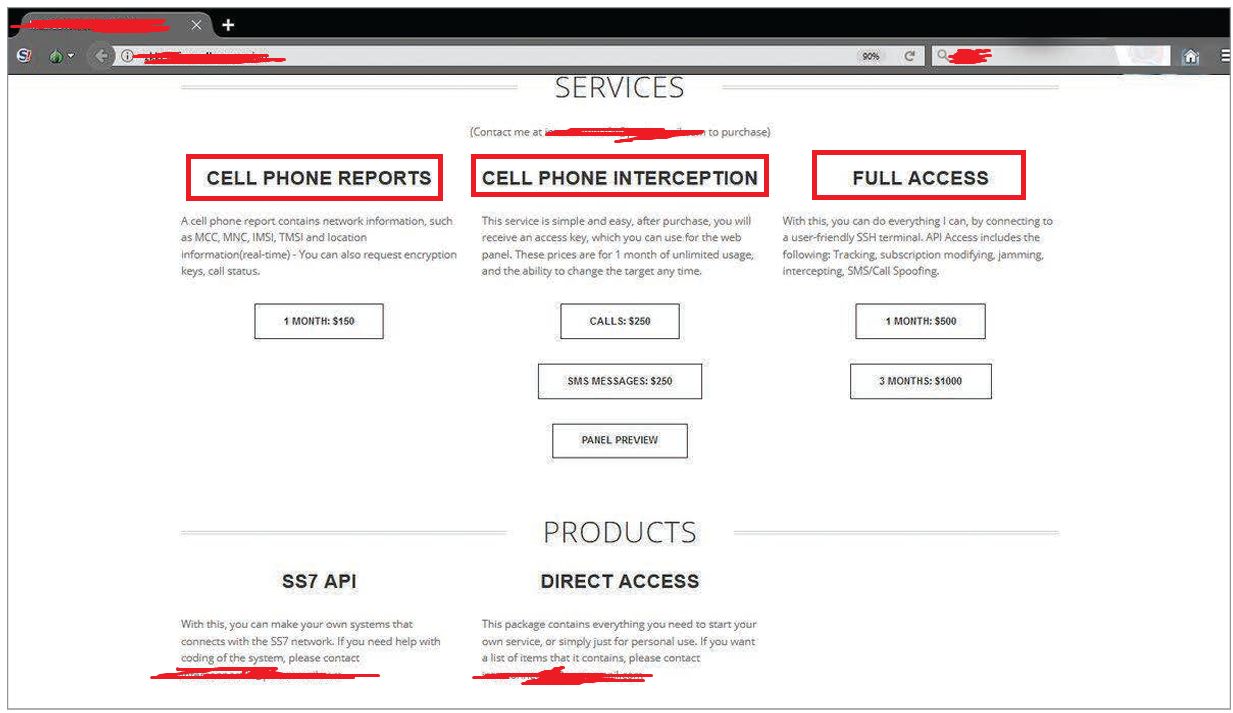
🔐 The SS7 network was once considered an environment that controls users’ access to network-based content and services, allowing licensed mobile operators to access customer data. However, many unlicensed entities currently have access to the SS7 network, taking advantage of its low security. Consequently, more businesses and individuals with direct access to the network, as […]
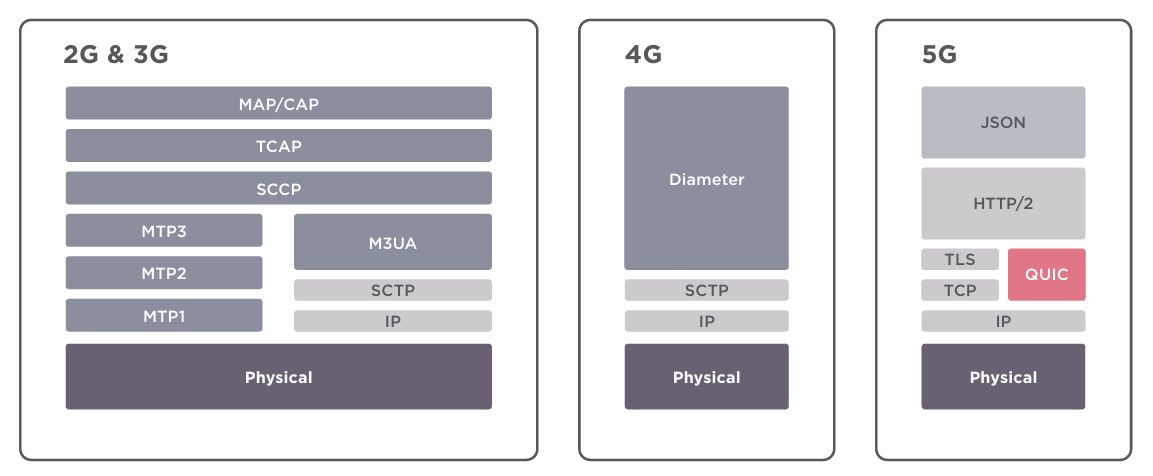
👉Previous generations relied on the SS7 and Diameter protocols. The 5G network core is built on well-known Internet protocols such as HTTP and TLS. 👉 Security threats associated with 3G and 4G will remain after 5G reaches the public and heavily influence NR deployments. However, the main challenge with 5G is that Internet technologies are […]

📃5Ghoul is the name given to a set of 14 newly discovered vulnerabilities in Qualcomm and MediaTek 5G modems, disclosed in December 2023 by researchers from the Singapore University of Technology and Design (SUTD). These vulnerabilities affect hundreds of smartphone models and allow cyberattacks on 5G-enabled devices. 👉5GHoul = 5G + Ghoul, an Arabic mythology. […]
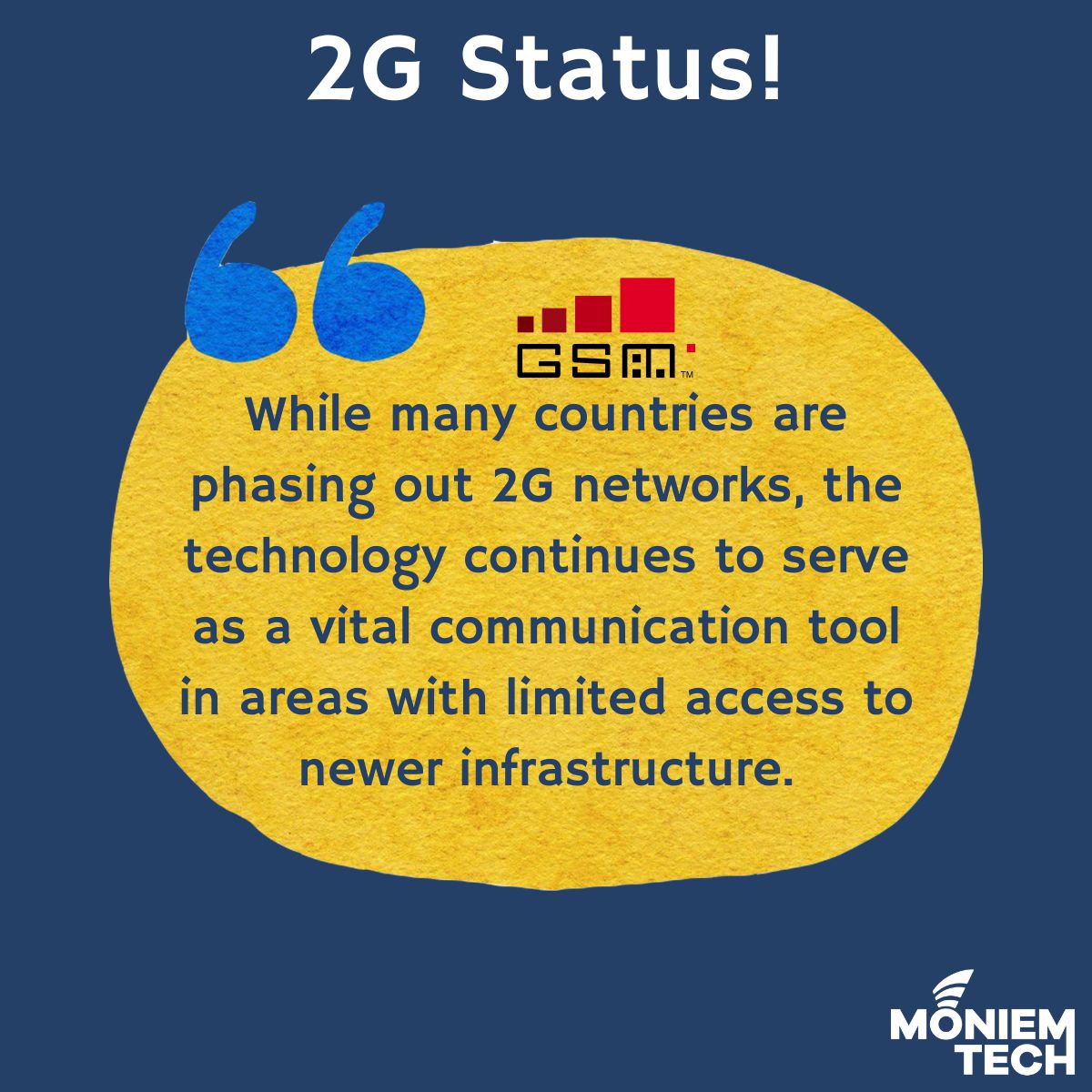
👉 The first 2G mobile network in the world was launched in Finland in 1991, marking the first digital mobile network and replacing analogue 1G systems. 👉 The Nokia 1100, launched in 2003, remains the best-selling phone of all time, with over 250 million units sold. Also, it had a firmware bug that hackers could […]

The Question is Actual 5G or Icon-only 5G! Recently, a new mobile app called SignalTracker showed that nearly 40% of 5G connections are actually 4G, as per PolicyTracker. Actual 5G is about twice as fast as icon-only connections, averaging 49 Mbps compared to 27 Mbps in our tests. In UK tests, when the 5G icon […]
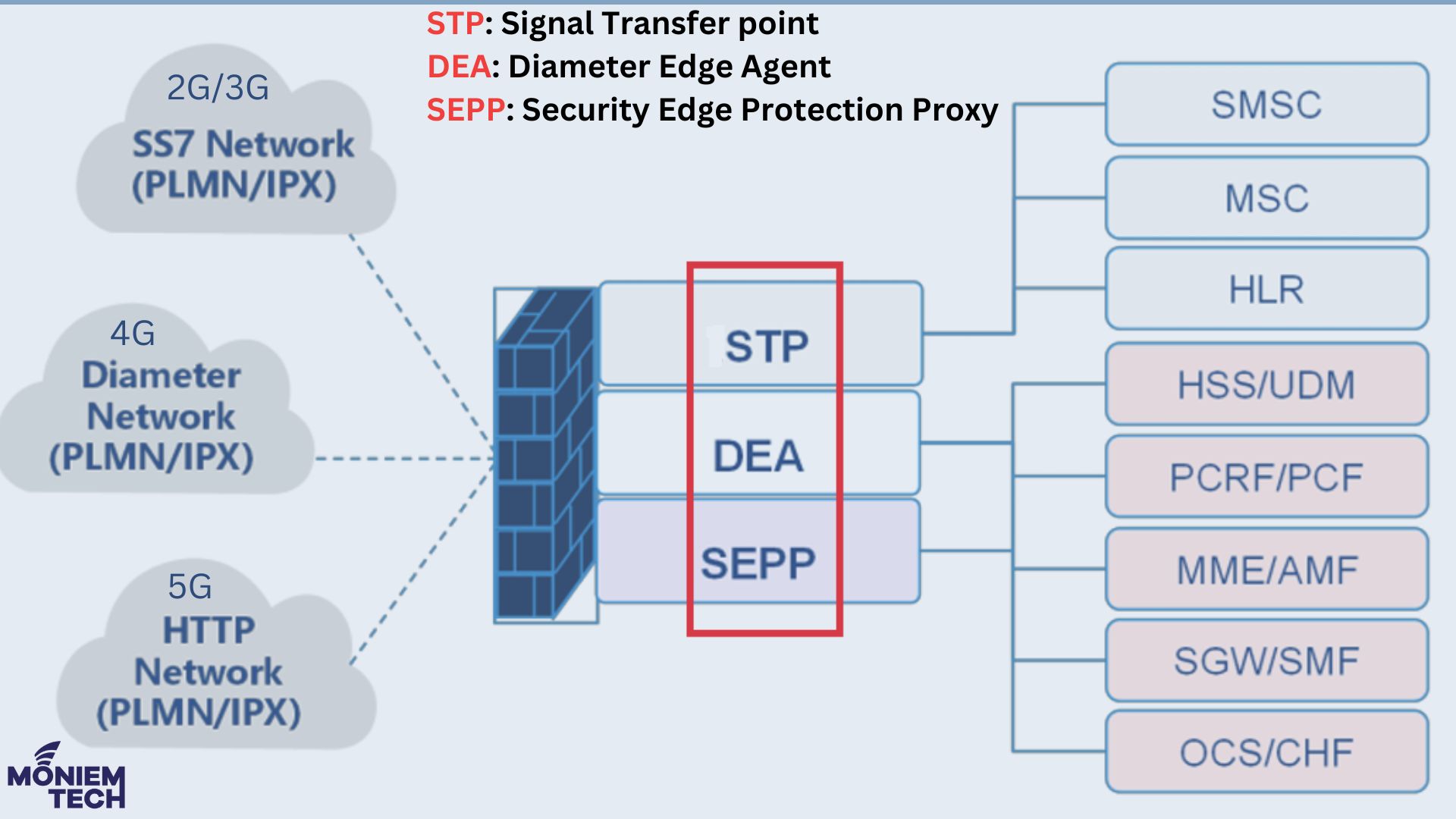
The journey started with 2G and 3G, where Voice was the leading service, and the main protocols were SS7 and SIGTRAN (Signaling Transport). At this time, the primary Firewalls are: SS7/SIGTRAN Firewall: Its functions are national/international interconnect protection with different policies and detection patterns in real-time. GTP Firewall: The functions are GTP Packet binary checks […]
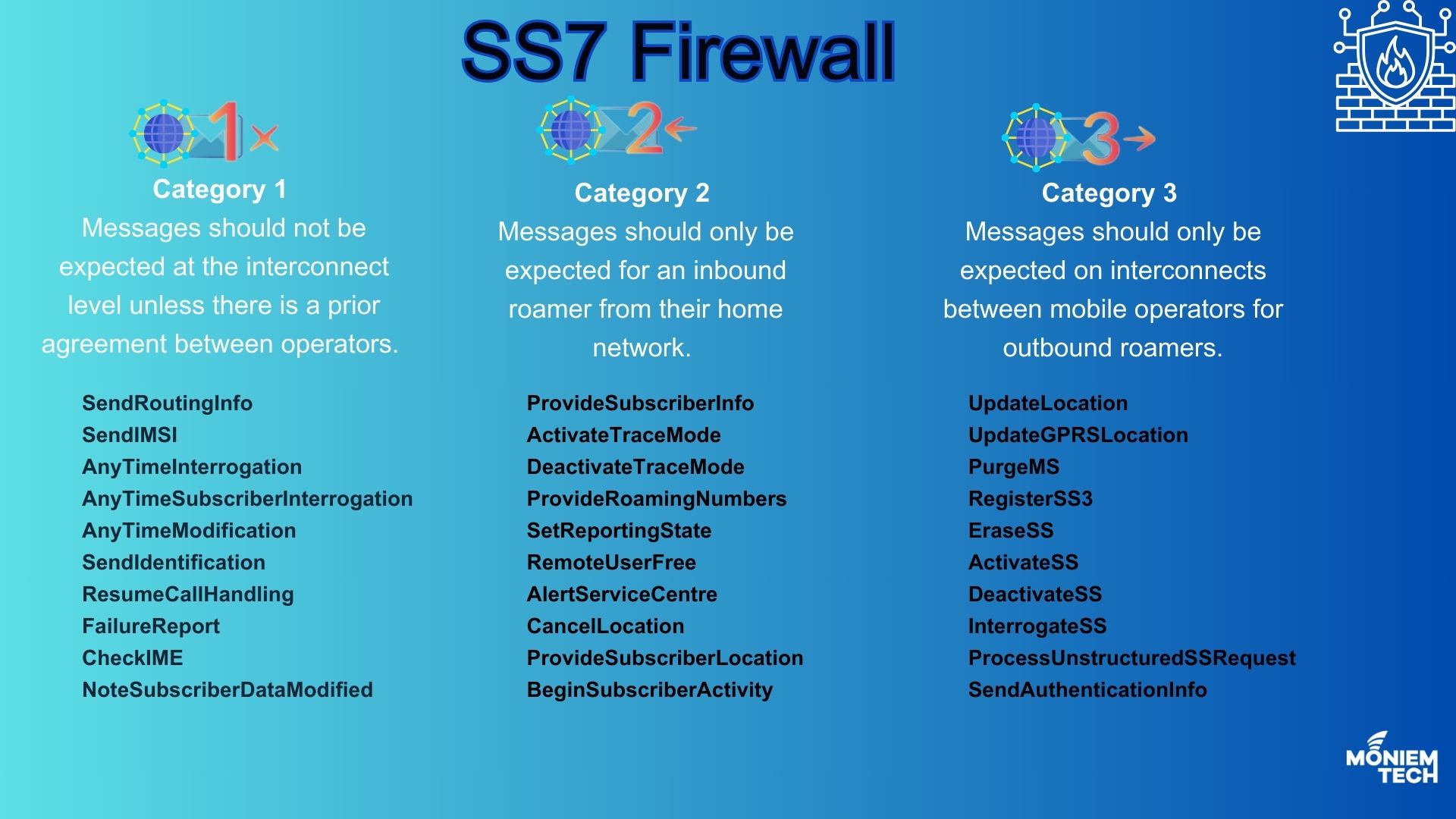
SS7 was never designed with security in mind, so it has always been open to internal and external threats. S7 Firewall is a smart, rules-based system that can monitor, create rules, and enforce policies to prevent or mitigate the effects of these attacks. It is essential for safeguarding your network and subscribers. The GSMA’s FS.11 […]
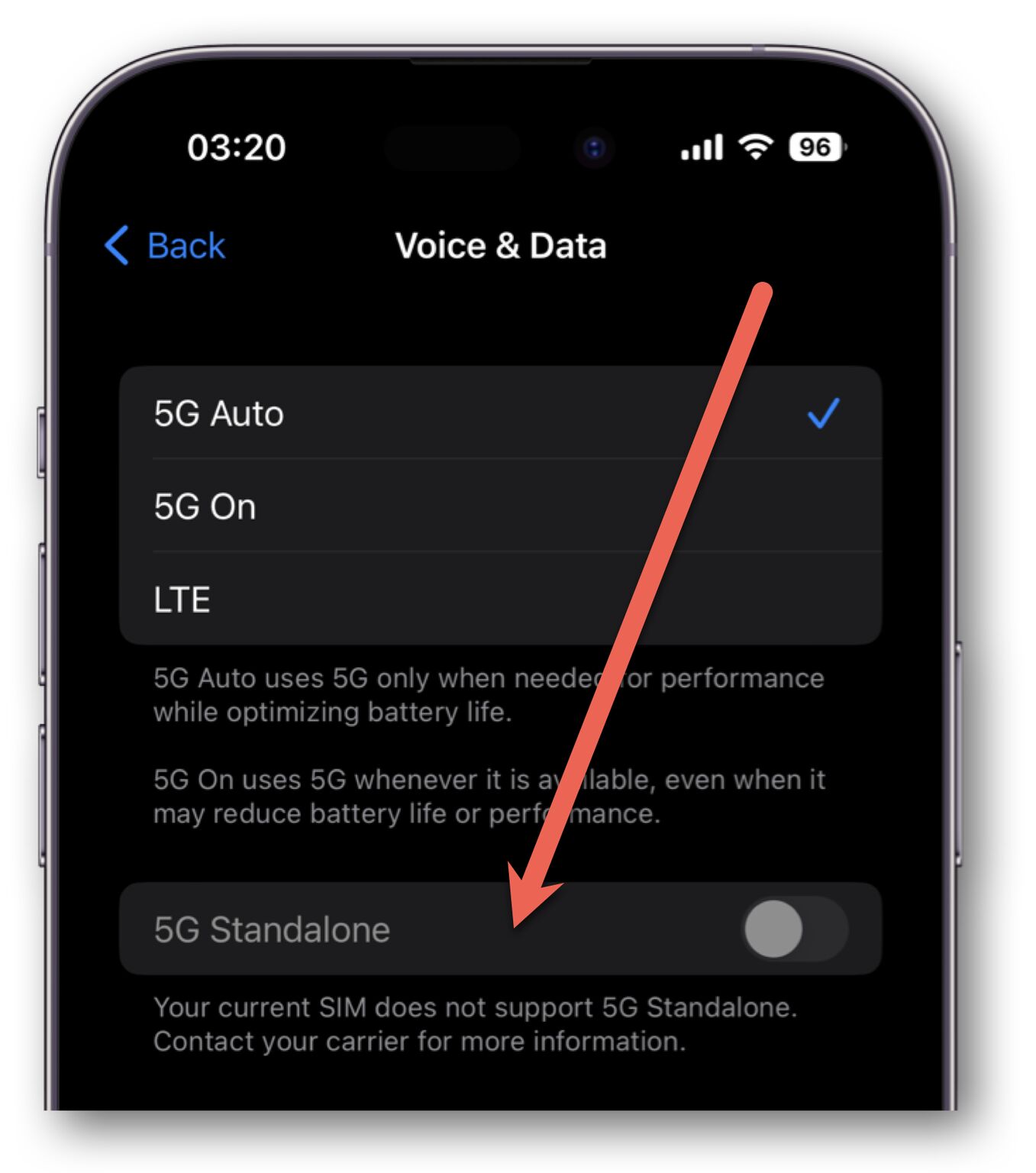
When I started my 5G Journey in 2017, I first explored the 5G network versions: 5G NSA (Non-Standalone) and 5G SA (Standalone). Most MNOs envision starting with 5G NSA and moving towards the full capabilities of 5G SA. However, the reality of 5G SA has so far proved somewhat different from the vision. Here, I […]
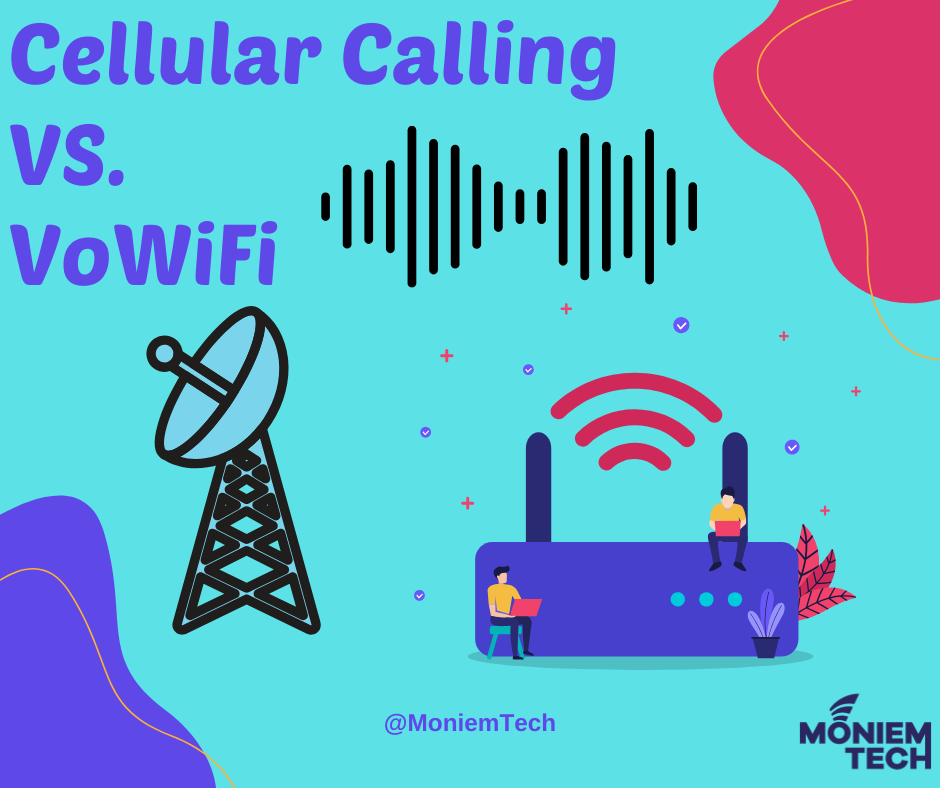
Voice calls remain one of the most vital means of communication in both personal and professional spheres. They provide instant and direct interaction, allowing for clear and immediate conversations. Unlike text-based communication, voice calls share emotions and urgency, making them invaluable for building relationships, conducting business, and handling emergencies. To enhance the efficiency for connecting […]
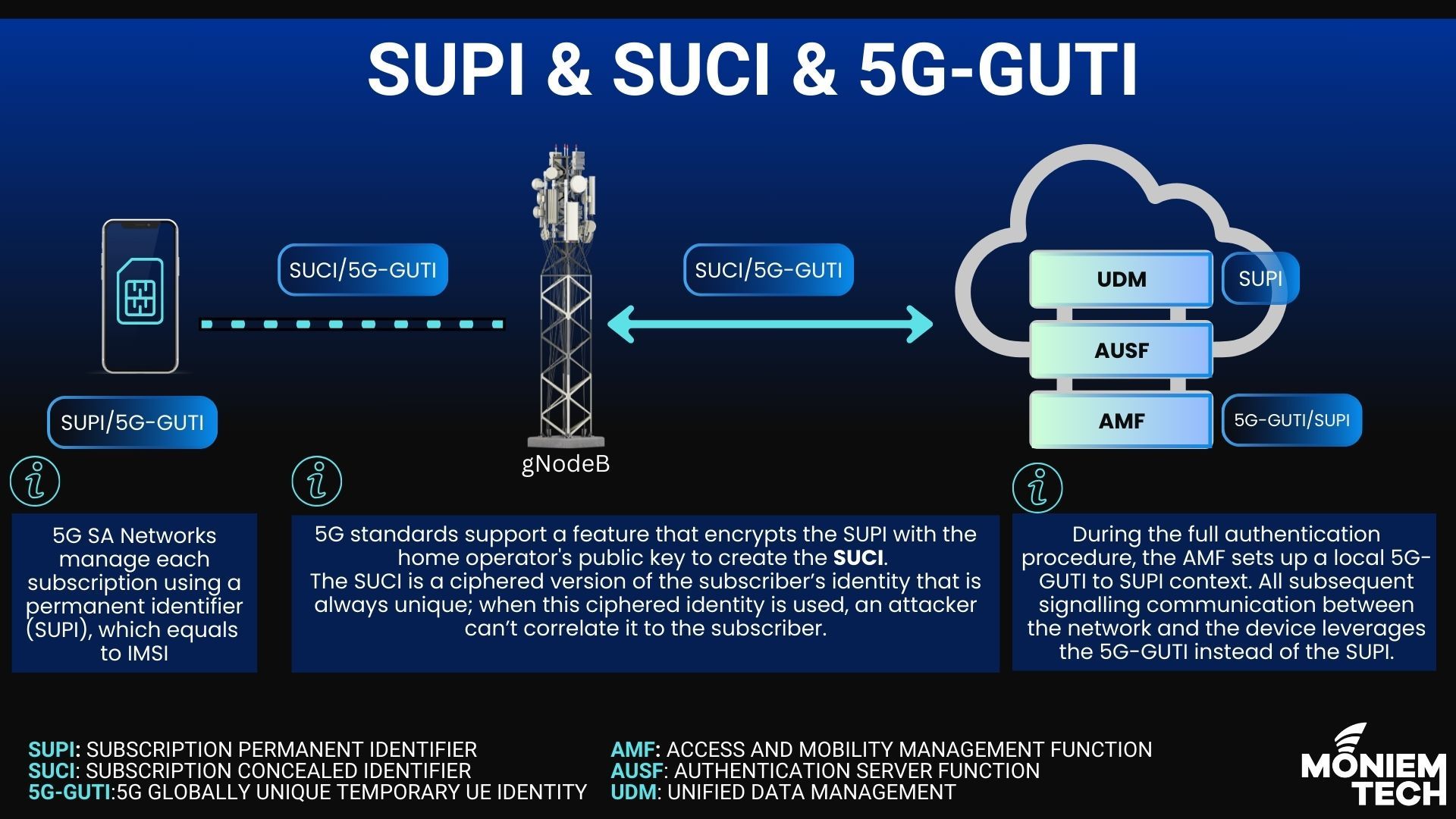
Currently, I see some confusion regarding 5G identification and the purpose of each one, such as which network node generates them and the subscriber’s role. I summarized the 3 identifications in one page, and here is the summary: What is SUPI? The Subscription Permanent Identifier (SUPI) is stored within the SIM. The SUPI is the […]
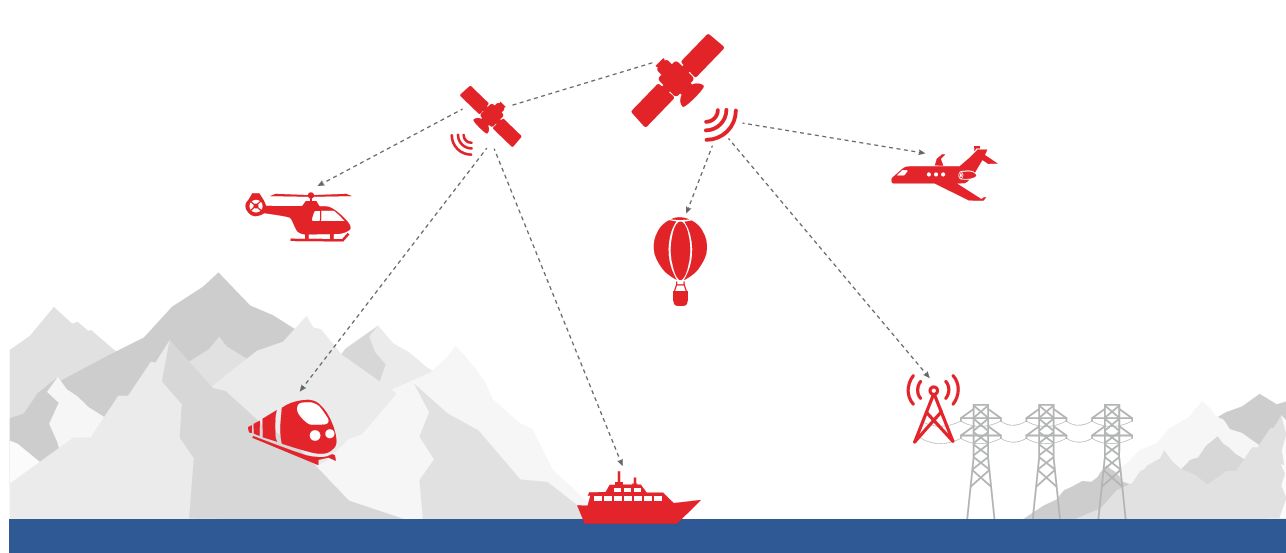
What is NTN? NTN refers to a communication system that transmits data through non-terrestrial platforms, such as satellites, high-altitude platforms (HAPs), drones, or other aerial technologies, instead of relying on traditional terrestrial infrastructure like cell towers and cables. The definition of Release 17, as outlined in 3GPP, includes enhancements to 5G New Radio (NR) to […]

The IMSI is a unique number assigned to every mobile subscriber, which is stored on the SIM card and used by mobile networks to identify and authenticate users. An IMSI Catcher is a device that pretends to be a commercial Base Station (BS), tracks devices and violates subscriber privacy. Criminals or hackers may use IMSI […]

The Answer is in “Shannon–Hartley theorem“ Shannon–Hartley theorem tells the maximum rate at which information can be transmitted over a communications channel of a specified bandwidth in the presence of noise. C: is the channel capacity in bits per second. B: is the channel’s bandwidth in bits per second, which defines the maximum amount […]

Before discussing why we need an SMS Router, let’s understand the 1st figure when the mobile device sends SMS to another Mobile through the normal scenario without an SMS Router which means the communication is between SMSC and HLR. The Normal Scenarios for Sending SMS: The mobile sends the SMS to the SMSC. Since the […]
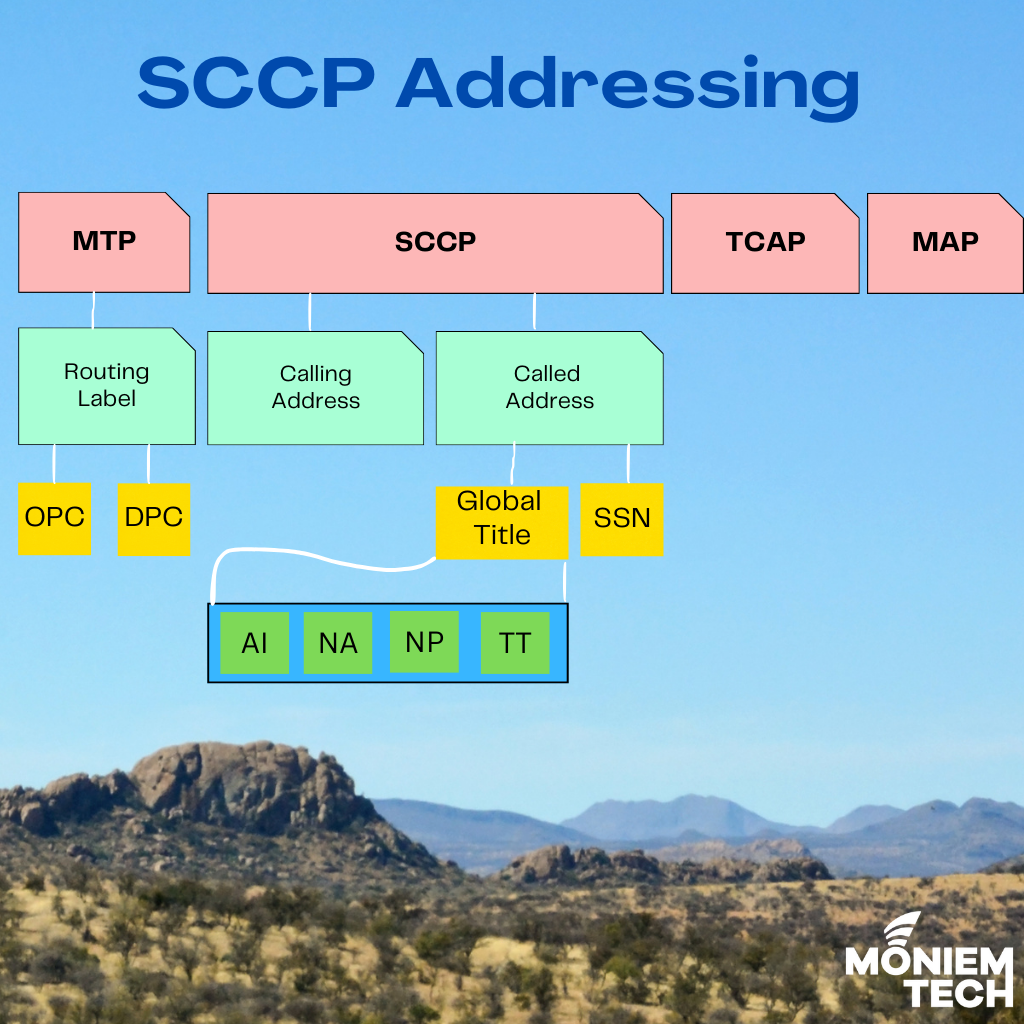
Signalling System No. 7 (SS7) is an old signaling protocol, but all mobile network operators still use it to exchange information between nodes in the network nationally and internationally. Security and SS7 can’t come together, so I started explaining the definition of SS7 in a series that began with this video. Once you finish the video, […]

In 2021, I wrote this article about 5G and Wifi 6 convergence, and then in 2023, I addressed this big question: Are 5G and WiFi6E Friends or Competitors? Conclusion of these articles if you don’t have time to read them as below: 📗The integration of 5G and Wi-Fi is poised to become more ubiquitous. Using […]

Before discussing ePDG in more detail, let’s explain why we need it. The answer is to connect between 3GPP networks (LTE/5G core) and non-3GPP networks (Wi-Fi). But, why do we need to interconnect between them? Imagine you’re walking in the street and making a call, suddenly you arrive at your office and need to park […]
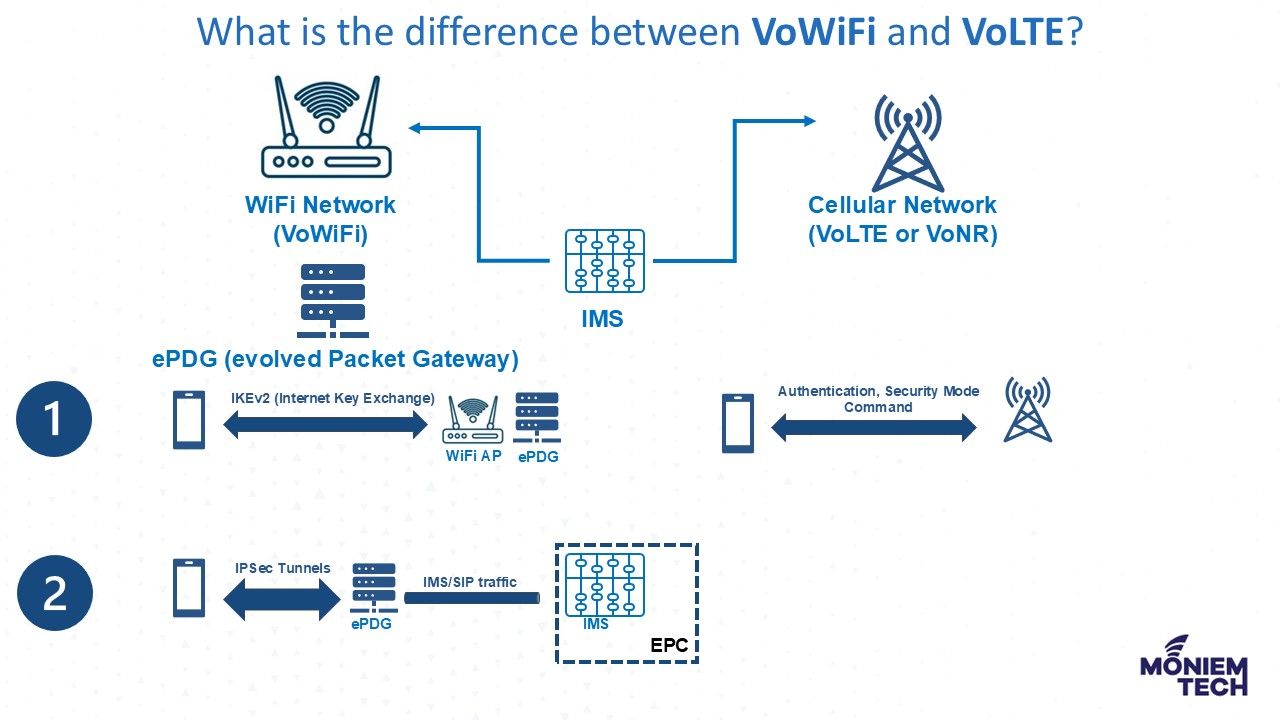
VoWiFi, or Voice Over WiFi, is an IMS Voice Call made through WiFi without using a cellular network like LTE or NR. It is similar to VoLTE (Voice over LTE) or VoNR (Voice or NR), the only difference is the type of communication channel being used for the IMS voice call. WiFi channel (instead of […]

Thanks to open standard consortiums such as the ORANAlliance, an open ecosystem of disaggregated and interchangeable components is now available. Network equipment providers are now able to commoditize hardware and software in a market, historically dominated by closed and proprietary systems. The standards are now in place to change select components based on technical feasibility […]
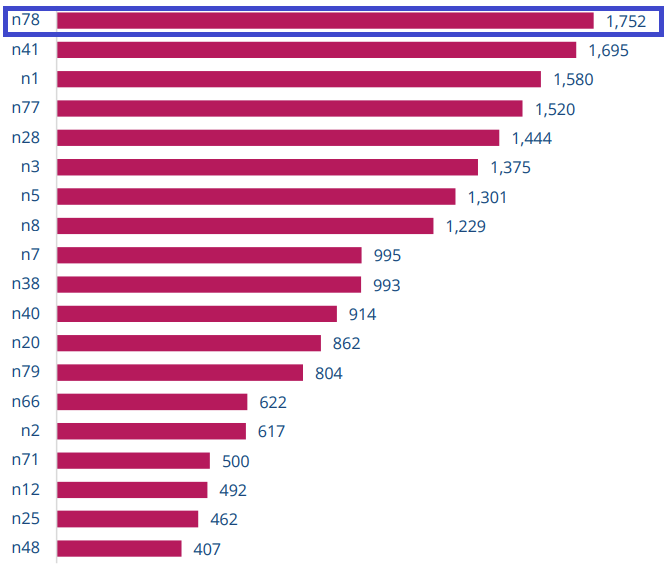
Recently, I read many discussions around 5G SA mainly really on mmWave spectrum which is Unique to 5G technology, as mmWave or millimeter Wave is the most capacity spectrum band so far among all available mobile spectrums. Yes, 5G high bands (mmWave, also referred to as FR2) are found in the range of 24GHz to […]
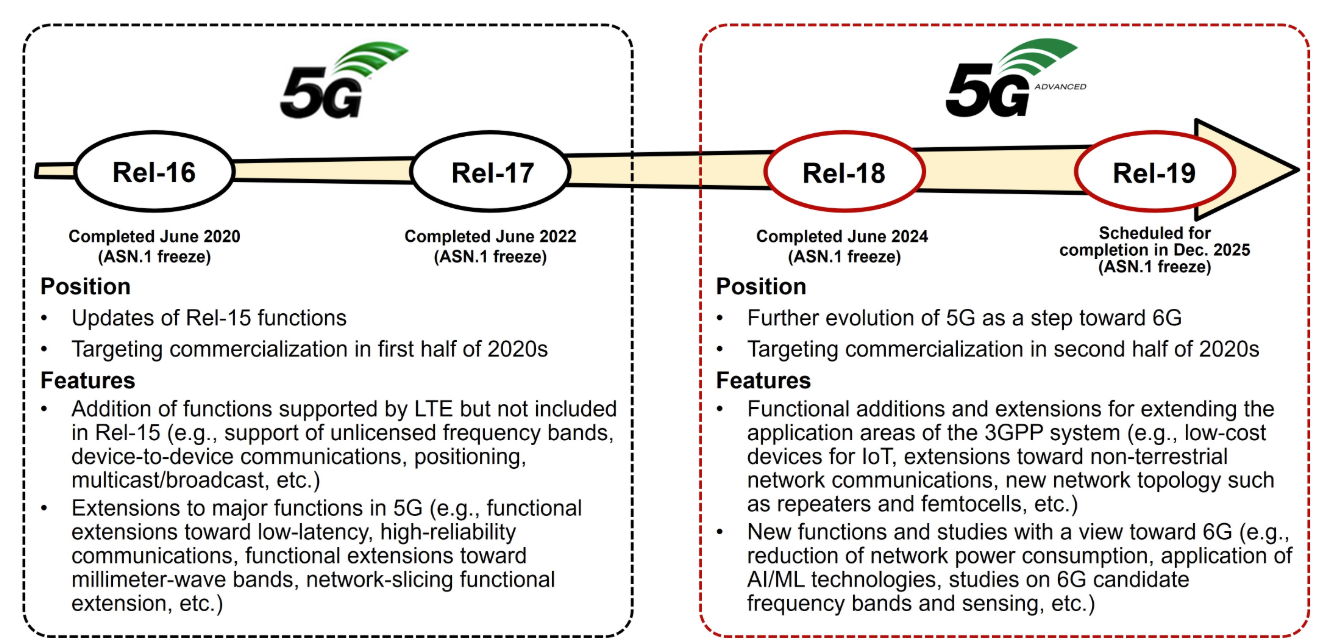
5G Release 15 was the first release of 5G and its specification was completed in June 2018. Release 16/17 specifications were drafted as extensions to 5G Release 15 with its RAN technology NR or New Radio. Rel-17 provided support for even higher frequency bands and Non-Terrestrial Network NTN systems and added a low-cost NR device […]
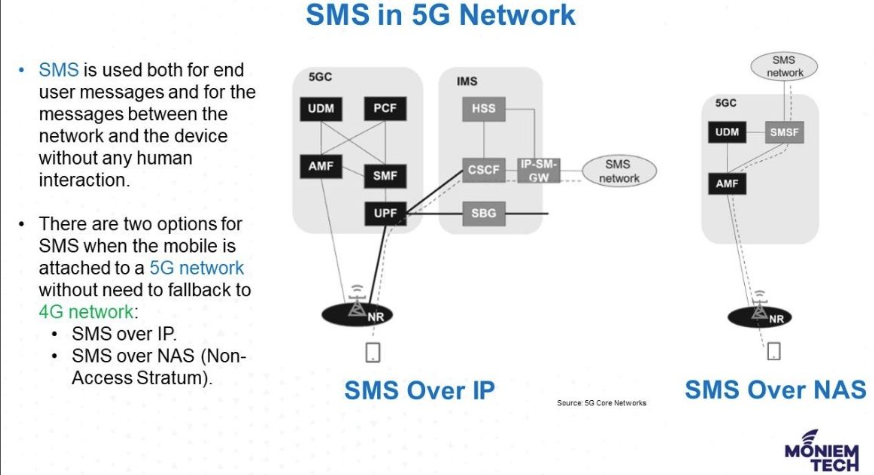
SMS stands for Short Message Service and is used both for end-user messages and between the network and the device without any human interaction. There are two options for SMS when the mobile is attached to a 5G network without the need to fallback to a 4G network: • SMS over IP. • SMS over NAS […]
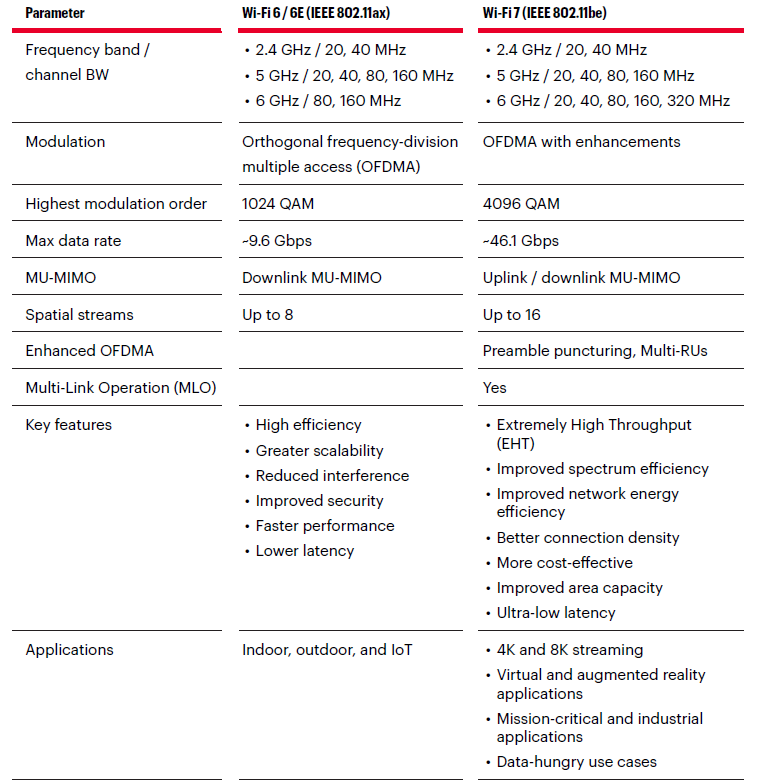
Wi-Fi 7 (IEEE 802.11be), the successor to Wi-Fi 6, introduces the 6GHz frequency band, doubling the maximum frequency bandwidth from 160MHz to 320MHz. It allows the 16×16 MIMO configuration and supports 4096QAM modulation technology, which offers significant improvements in data rates, capacity, and spectral efficiency, ultimately enhancing the performance and user experience in wireless communication […]

As you may know, there are two main components to RIC or RAN Intelligent Controllers (RICs) as below: Closed-loop control running at time scales of 10ms to 1s (Near-Real-Time, or Near-RT, RIC with xApps) Closed-loop control runs at time scales of 1s or more (non-RT RIC with rApps). What about the real-time control loops operating […]
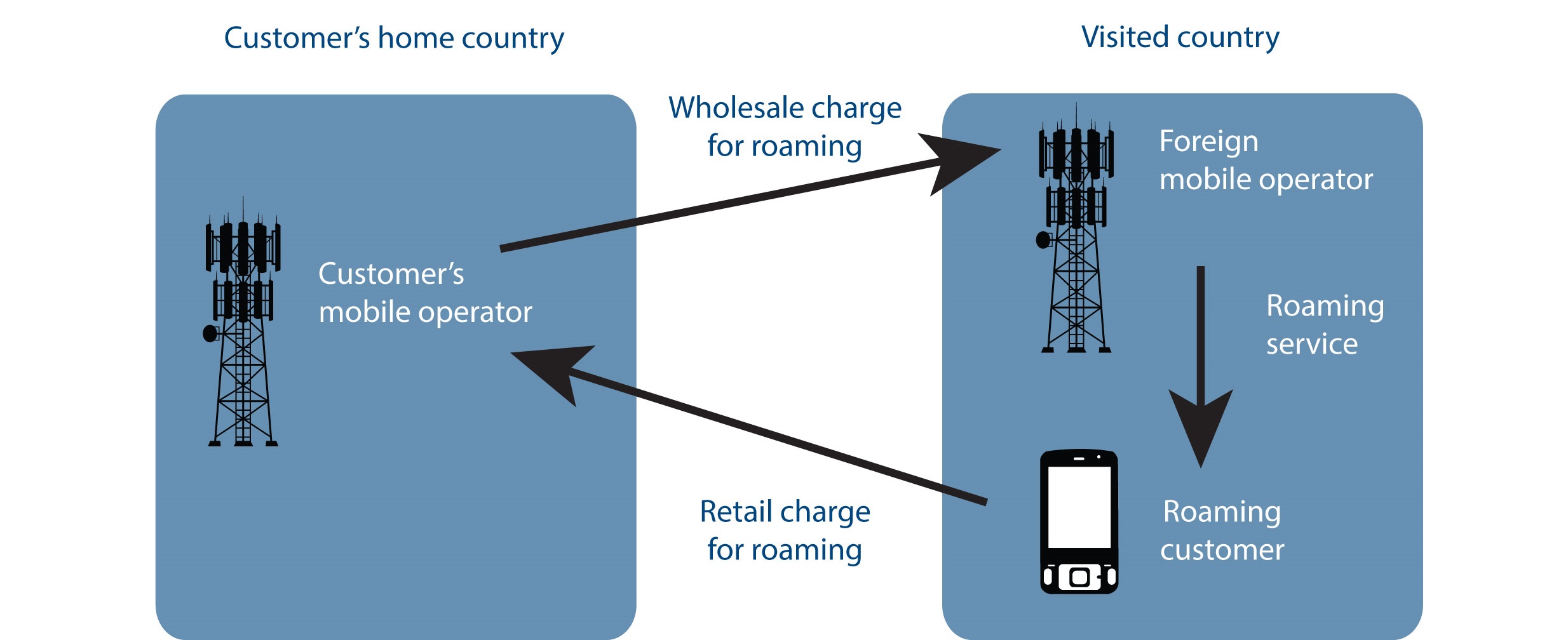
When going to the Roaming topic, sometimes you hear words like Wholesale Charge and Retail Charge. So What is the difference between them? The Wholesale Charge determines how much roaming costs a mobile operator. Here, mobile operators negotiate roaming agreements with their counterparts in other countries. Under these agreements, a mobile operator pays the foreign operator […]
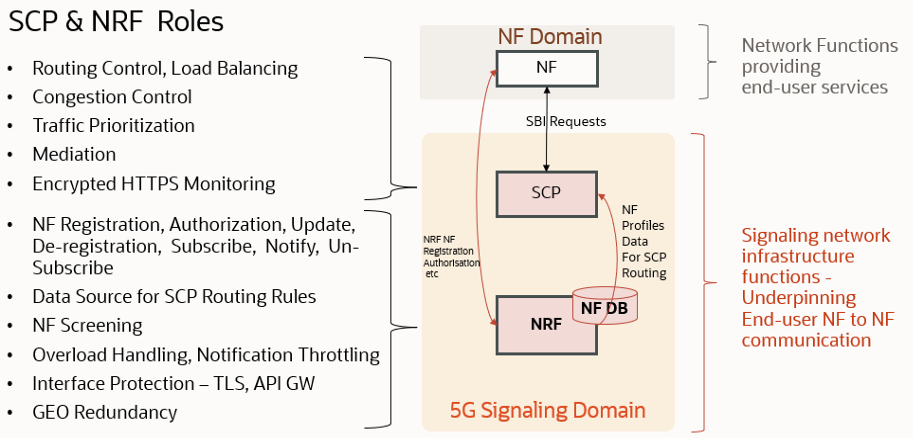
5G standalone (SA) operation, using a new core network, is foundational to mobile operators seeking to offer advanced 5G services with a low cost of production. 5G Service-based architecture (SBA) In a SBA framework, the individual elements are defined as Network Functions (NFs) instead of Network entities. Through Service Based Interface (SBI) each of the […]
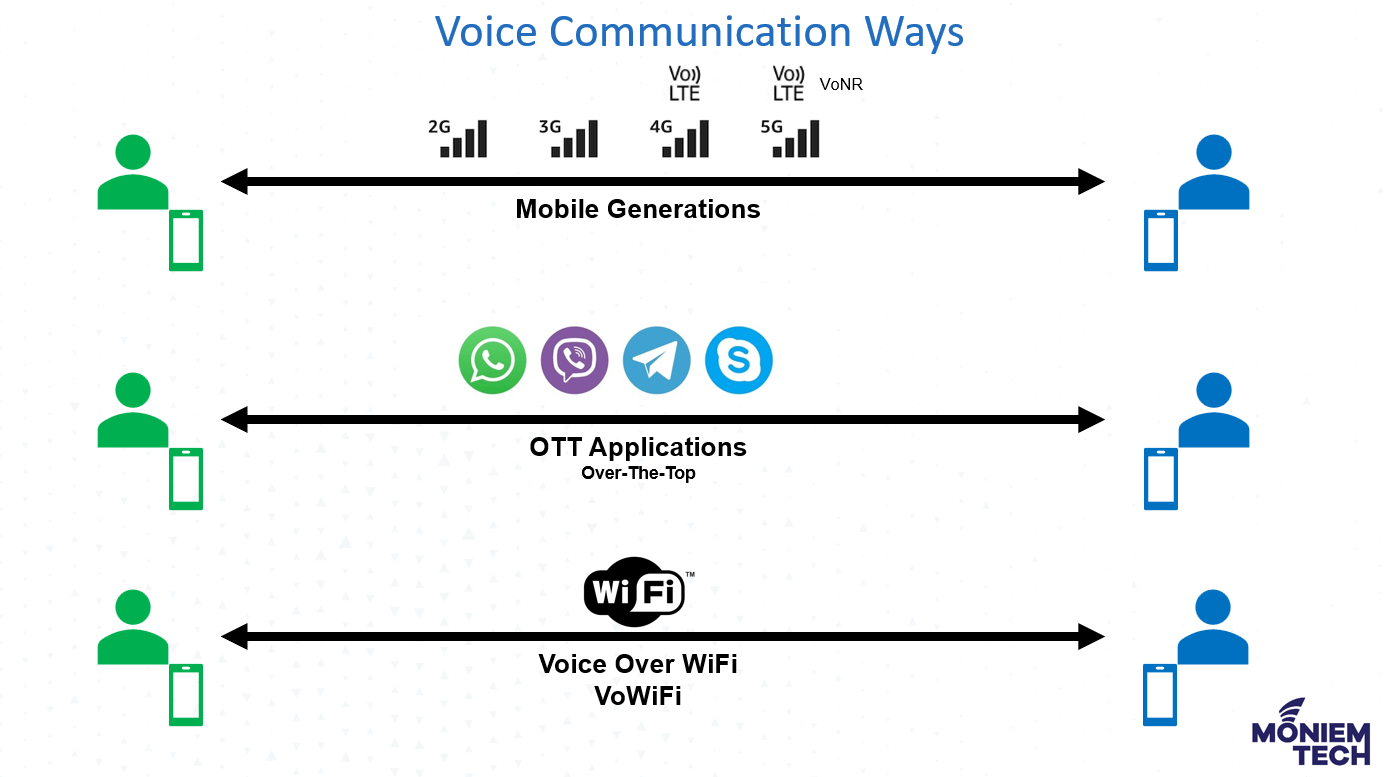
As per the Mobile Data Moves Indoors report, 80% of Mobile Traffic comes from Indoor locations. This means that good coverage and QoS in the building/indoors are a MUST. Let’s focus on the primary service in the wireless industry which is Voice Call. Voice Communication Methods Support voice communication between two parties, in many ways, […]
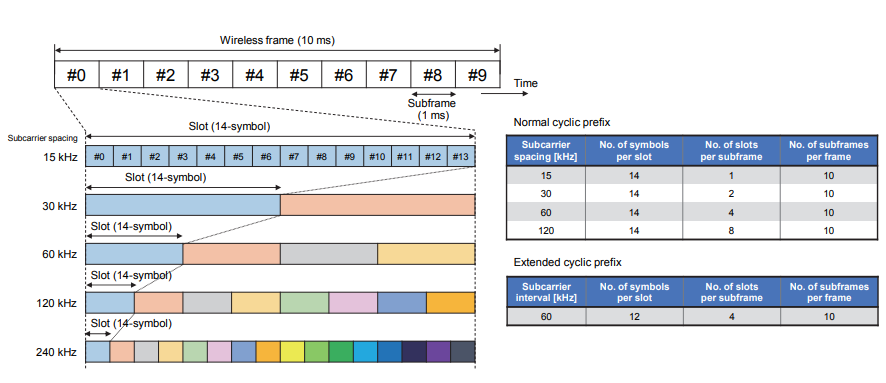
5G NR modulation and waveforms have some commonalities with LTE but aim to have much higher spectral efficiency. NR supports QPSK, 16 QAM, and 256 QAM with the same constellation mapping as LTE. An OFDM-based waveform is supported. Some parts of the numerology are flexible, like the SCS, while others are fixed. The subframe duration […]
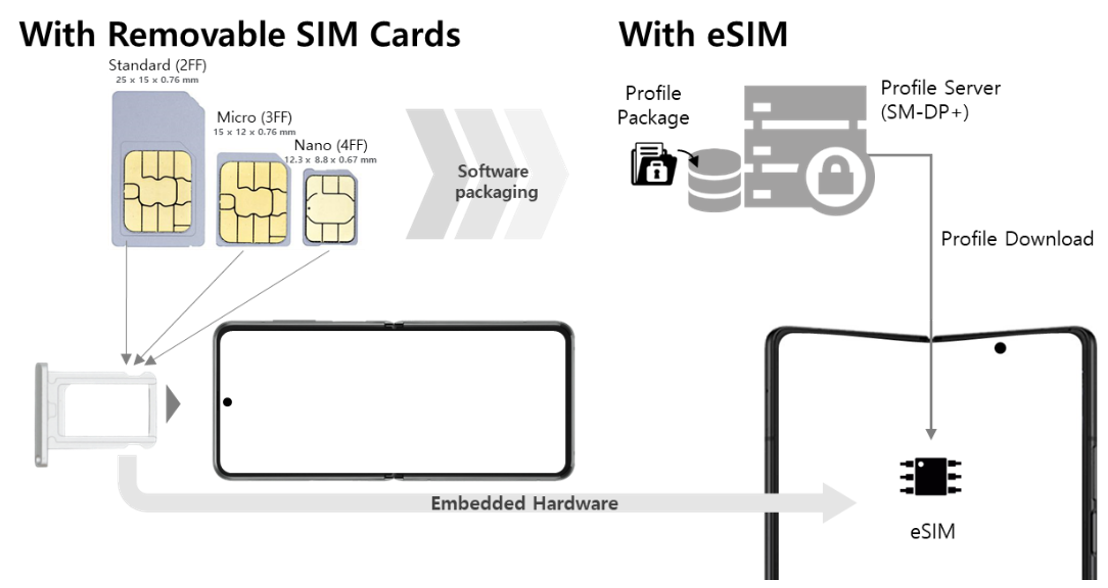
First, let’s understand an overview of eSIM Technology. eSIM(embedded SIM): The embedded SIM (also called eSIM or eUICC) is a new secure element designed to remotely manage multiple mobile network operator subscriptions and be compliant with GSMA specifications. As defined by GSMA, the term eSIM refers to the explicit functionality of the operating system to […]
